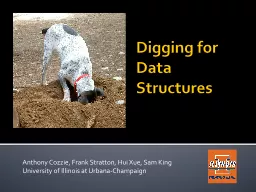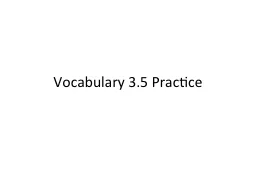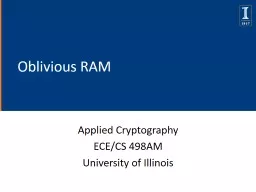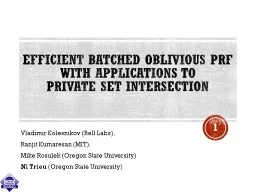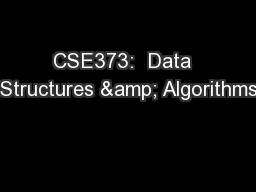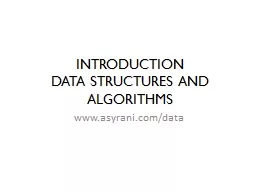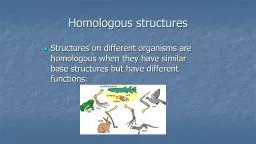PPT-Oblivious Data Structures
Author : alexa-scheidler | Published Date : 2018-10-21
Xiao Shaun Wang Kartik Nayak Chang Liu TH Hubert Chan Elaine Shi Emil Stefanov Yan Huang 1 Emails Photos Videos Financial data Medical records Genome data
Presentation Embed Code
Download Presentation
Download Presentation The PPT/PDF document "Oblivious Data Structures" is the property of its rightful owner. Permission is granted to download and print the materials on this website for personal, non-commercial use only, and to display it on your personal computer provided you do not modify the materials and that you retain all copyright notices contained in the materials. By downloading content from our website, you accept the terms of this agreement.
Oblivious Data Structures: Transcript
Download Rules Of Document
"Oblivious Data Structures"The content belongs to its owner. You may download and print it for personal use, without modification, and keep all copyright notices. By downloading, you agree to these terms.
Related Documents


